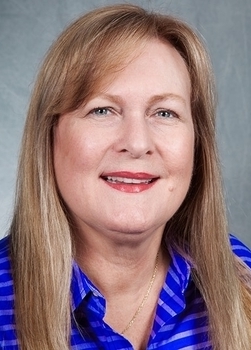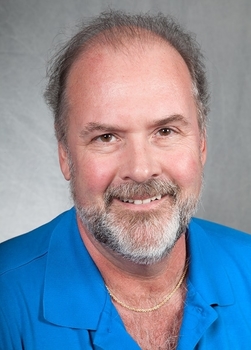Helping is one component of altruism. Other components are an orientation toward other people, instead of to oneself, and a generally prosocial outlook (as opposed to an antisocial outlook). Most theories of altruism include the component of enhancing other people’s welfare at some cost to oneself (in terms of time, money, etc.). Altruistic people are more likely than other people to derive benefit from helping others, such as increased self esteem, pleasure, or hope that their generosity will be reciprocated. Some social psychological theories of altruism consider it to be the opposite of aggression. Interestingly, there is considerably more research on aggression than altruism, with aggression receiving scientific study beginning in the 1920s and altruism, along with other forms of prosocial behavior, first studied in the 1960s. As with many topics studied by social scientists, there has been a long debate on whether altruism and aggression are innate or learned traits (the all too familiar “nature verus nurture” debate persists to this day). One of the most common explanations for altruism is reciprocity, the notion that, if someone helps someone else, the person receiving help “owes” something to the helper and will search for ways to return the favor. Most of us observe reciprocity norms in our interactions with others. For example, my friend, Marilyn, and I enjoy going to lunch together. We take turns paying for lunch instead of requiring the server to give us separate checks. Each of us keeps track of who paid for lunch this time and who “owes” the other lunch next time. This is a fun way for Marilyn and me to be able to look forward to next time, in that one of us always owes the other the next lunch. It is important to note that, in order for reciprocity to work, there must be the expectation of a “next time,” in that, absent this expectation, there is little incentive to buy someone’s lunch when there are two friends spending time together. (Obviously, the situational norms are different when buying lunch for a client or for someone who cannot afford to pay for lunch.) Magnus Research Consultants is a business, a corporation, that exists in a capitalistic society. That is, the goal of Magnus is to help clients who, in return, pay us for our help. However, there have been many occasions when Magnus has an altruistic motive to help certain clients pro bono (that is, for free). Why? Because, as psychologist and a decent human being, giving psychology away is just what I do!
I was, for a couple of years, a Boy Scout, as well as a Cub Scout prior to the Boy Scouts membership. Though I didn’t stick with Boy Scouts too long because music, band – baritone horn, took over my free time. But, I was a scout long enough to learn about helping others. The time tested example is walking the little old lady across the street. (And, yes, I’ve seen the memes and stories about little old ladies who didn’t want to cross the street.) I really don’t know why this example is so prevalent; there are so many ways to be helpful, to be altruistic. But altruism seems to get less “press” than its opposite, as Melissa points out, aggression. Aggression makes the news. Only extreme altruism, usually in the form of monetary donations, especially unexpected ones like the gold coins in the Salvation Army bell ringer pots or Mackenzie Scott’s random (large) donations, get much notice. Everyday behaviors which embody kindness to strangers can be as simple as letting someone out in traffic. Melissa has a life long friend, Brenda, who randomly pays for groceries of shoppers who appear to be in need. That has been one of the most heart warming examples I’ve had in years. I haven’t quite come to terms personally with that example yet the opportunity presented itself to me yesterday. I spent time worrying about whether offering to pay for someone else’s loaf of bread and jelly would be somehow offensive, such that the transaction was over before I could formulate a plan. There are many things we can do for each other in this world. A little more concern for others, whether in person, or in the semi-anonymous or distant world of social media, could go a long way to making the world a better place. “Paying it forward,” whenever possible, is a pretty solid concept for all.



Comments are closed.